DataArt Museum: A Tour of Northern Italy
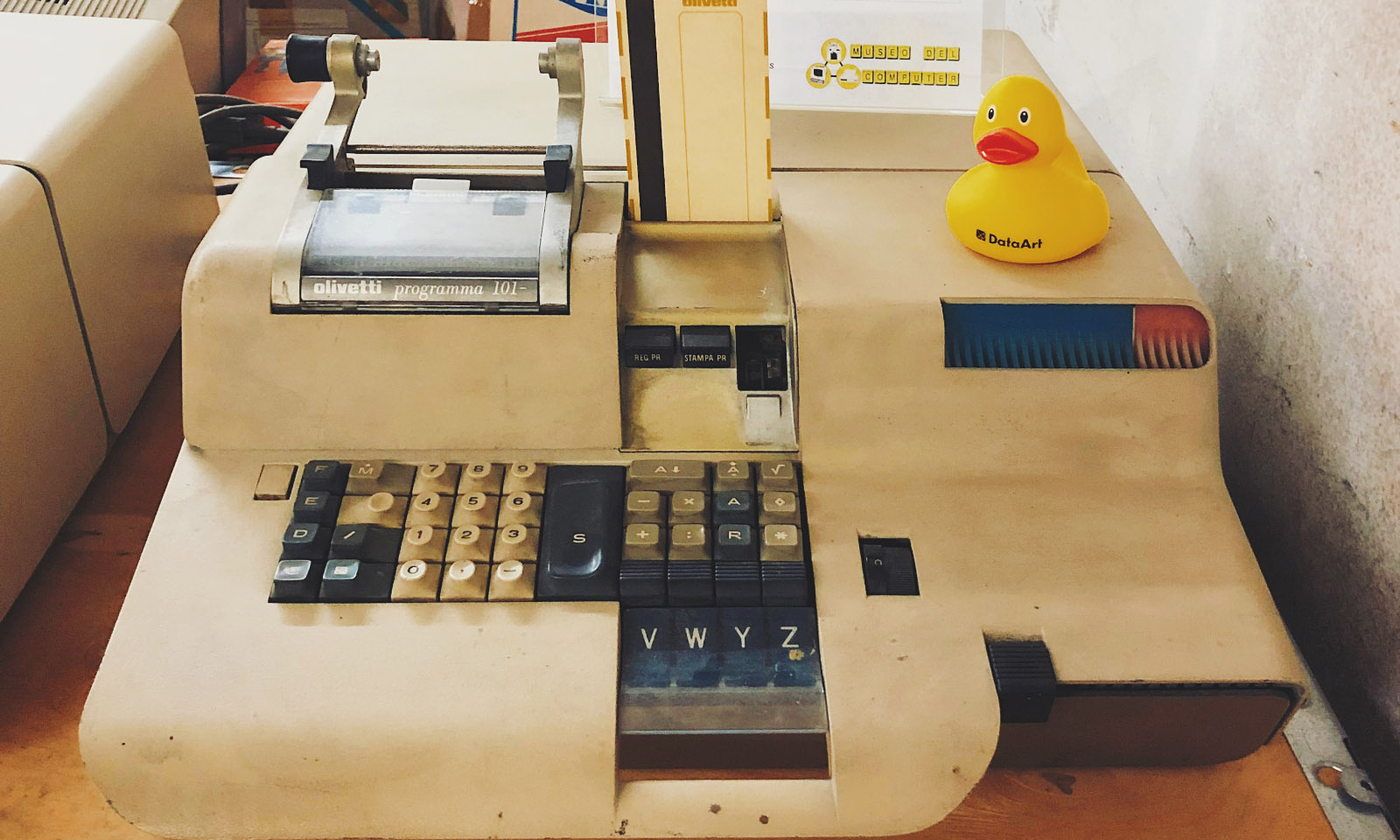
In the Italian province of Piedmont, there are immediately two fairly large museums of computer technology, and we recently managed to visit both. Olivetti computers and other exhibits of these collections are in our report.
European computer technology is known mainly in its own home regions, only a few individual models and their manufacturers have gained recognition abroad. Such exceptions include perhaps the German concern Siemens, which collaborated with the Nixdorf corporation, and later with the Japanese Fujitsu; the Dutch concern Philips, better known for graphic devices, and the Italian company Olivetti. But the traditions of studying and museumification of heritage are known precisely thanks to European companies and the experience of world exhibitions held in the 19th century.
The province of Piedmont in northern Italy with its capital in Turin is an important industrial center. There were wineries, prominent textile and chocolate factories, and in 1899 the FIAT automobile plant was opened. But for us, the most interesting thing was that in the piedmont city of Ivrea and its environs, the Olivetti production buildings were located. She began with the production of typewriters, then gradually added mechanical, electrical and programmable calculators to the line. In 1959, Olivetti released the first Italian electronic computer - the transistor Elea 9003.
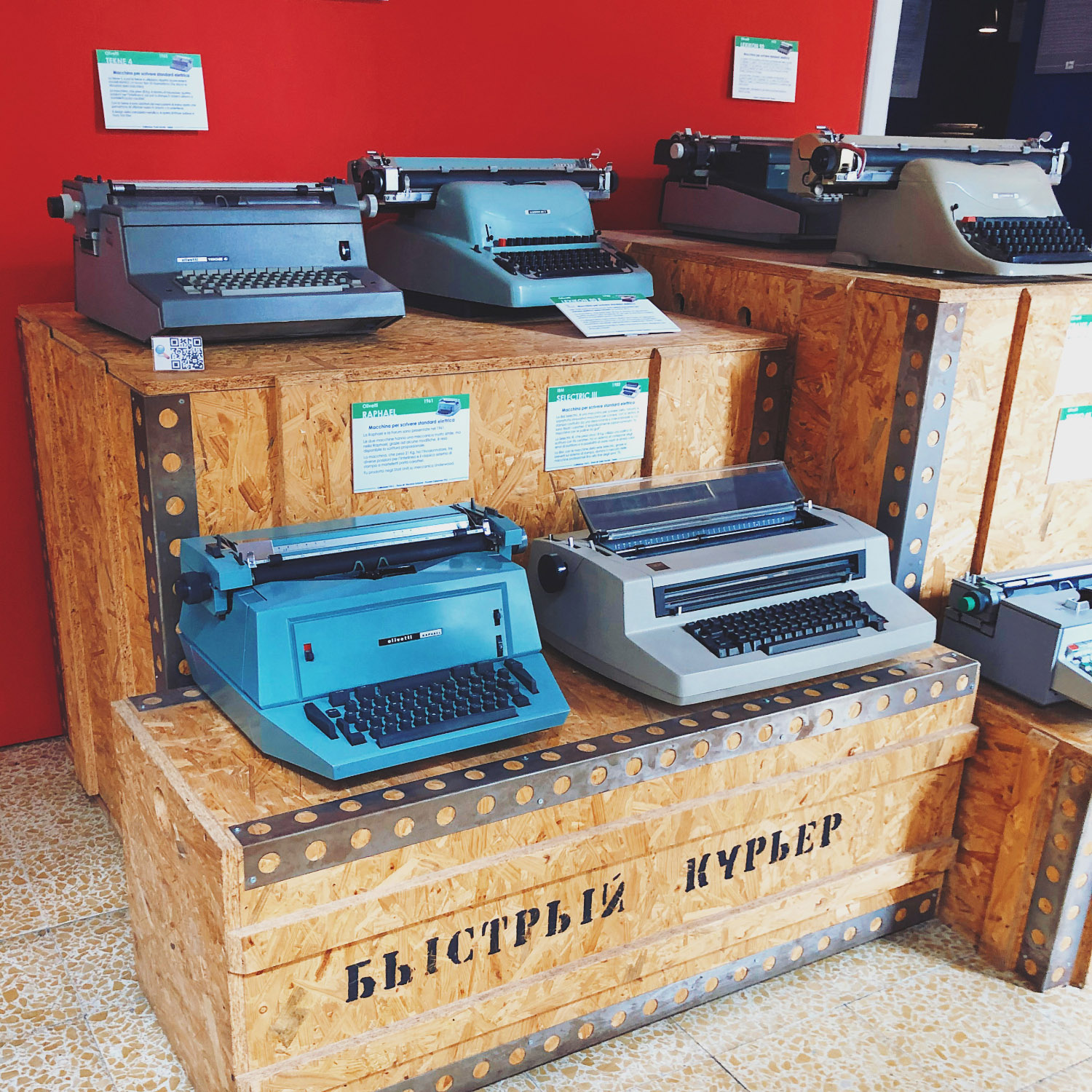
Electric typewriters Olivetti
In the city of Ivrea itself, there is a small space at the Technological Museum-Laboratory with an exhibition of the heritage of Olivetti. The main hall is dedicated to the evolution of typewriters throughout the 20th century.

Electromechanical calculator Divisumma 24 - Olivetti's own development, launched in 1948
In the hall, where mechanical calculating machines and electromechanical calculators are presented, there are showcases with personal belongings of their main developer Natale Capellaro and materials about him.

Olivetti graphic manipulator
The third room is dedicated to Olivetti computers, where the famous Programma 101 is also presented. Sometimes it is called the first personal computer, although this is not entirely true: despite the possibility of downloading the program from a magnetic card, it remains a programmable calculator, albeit a difficult one.
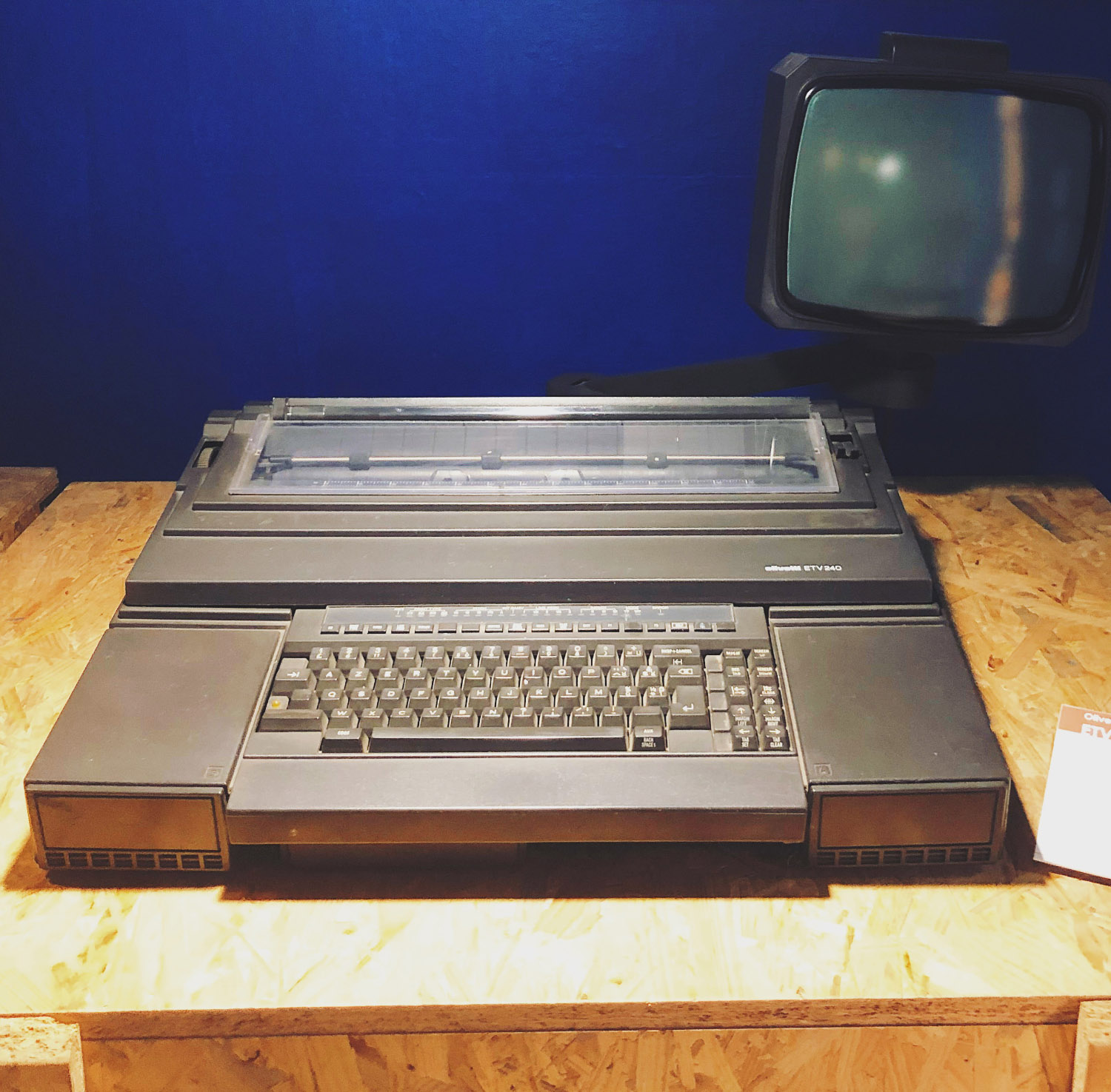
Olivetti ETV 240 with a monitor based on a cathode ray tube - an attempt to create a relatively inexpensive device with enhanced functionality compared to a typewriter. Issued in the mid 1980s
In the fourth hall, personal computers of the 1980s are on display, and the story is about the company's place in the history of PC development.
Surprisingly, in Piedmont, not one, but two significant and relatively open to the public computer assembly. We managed to get acquainted with the collection of the private Italian fund M useo del computer - the tour was personally conducted by the president of the foundation, Alberto Rubinelli. The "Computer Museum" for a long time was located at several spaced sites in different cities of northern Italy. But relatively recently, he managed to acquire the building of an old textile factory in the small commune of Camburzano, 40 kilometers from the same city of Ivrea.
The museum is still not open to the public all the time, but it works on request: nostalgic engineers, students, schoolchildren come here and everyone who has heard of giant old computers and wanted to watch them live.
The collection was collected by the incredible collection; it is replenished with cars written off by large enterprises and institutions.
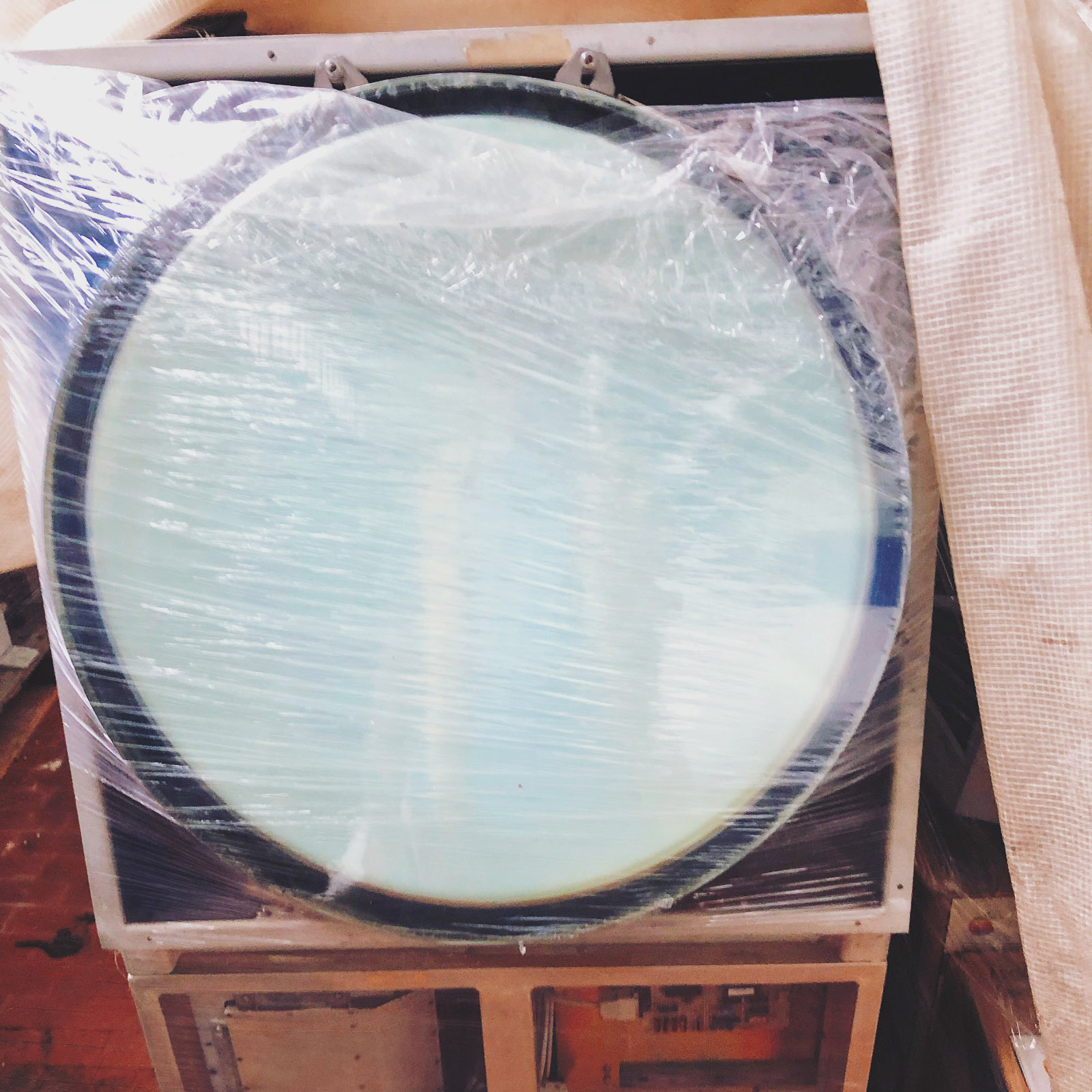
Venice Airport Radar Monitor
For example, Venice Airport donated old control tower equipment to the museum, and the Santa Maria della Misericordia Hospital in Udine was one of the earliest CT scanners of the General Electric 5700.
The employees of the “Computer Museum” not only try to keep the museum object in working or at least expositional state, but also restore the history of where and how this one worked. Storage is mainly divided by manufacturer. There is a space where IBM computers of different years stand, including a whole group of 5360 System 36 modules of various configurations, each with its own history.
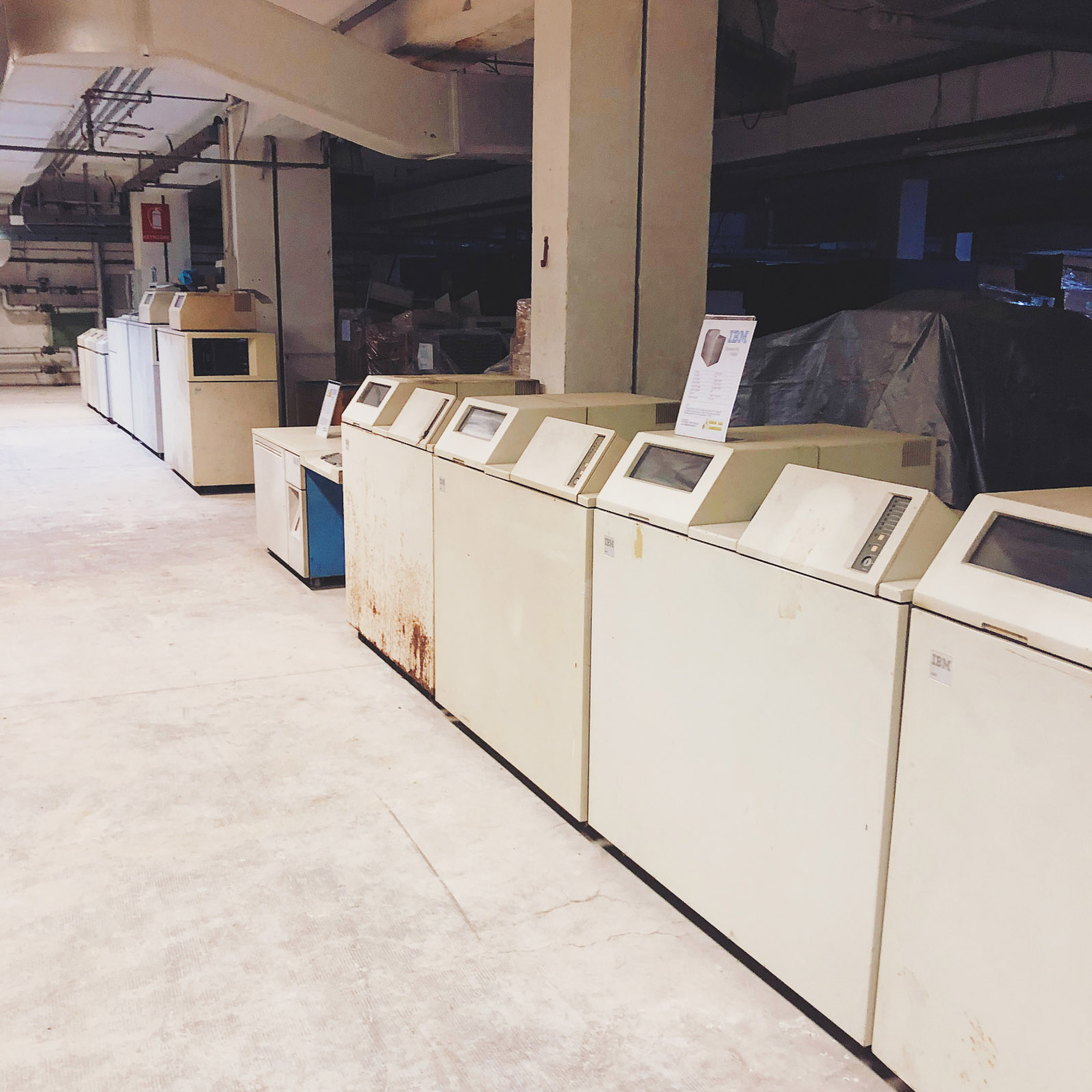
IBM 5360 CPU Modules
Together are stored System 32 workstations with a built-in CRT monitor with a diagonal of about 12 inches, directed upward, equipped with a mirror system and divided in two so that two operators can work at once.
The museum collection also has more modern server systems and data modules. For example, a rather rare IBM 5288 machine with a 5281 video terminal - some consider it the earliest version of a personal computer, but in reality it cost too much for personal use.

The predecessor of the IBM 5288 PC and 5281 video terminal
A separate series is dedicated to the German Triumph Adler computers: different models and versions of one of them - TA 1000.

One of the options for the computer Triumph Adler TA 1000
A fairly large number of computers and computers counting Olivetti company. The classic Programma 101 is presented, as well as the design version of its slightly older version of Programma 203. For all the grace of the solution, a design error crept into it - the author did not take into account the mass of the memory block, and the model failed - it had to be finalized by adding a lower bar.
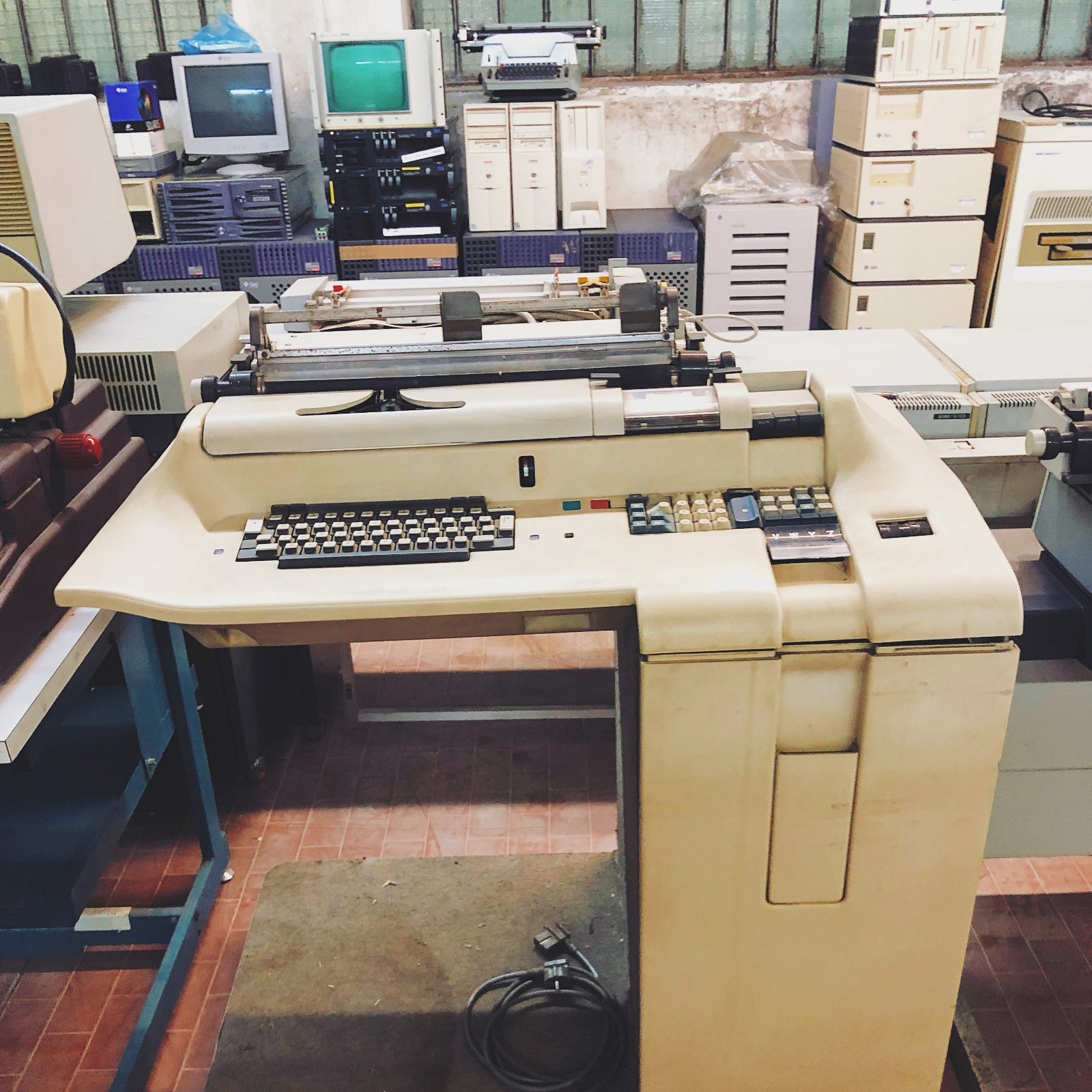
Olivetti Programma 203
Olivetti computers range from BCS 2025 to original personal computers and laptops created in collaboration with Japanese and American firms.
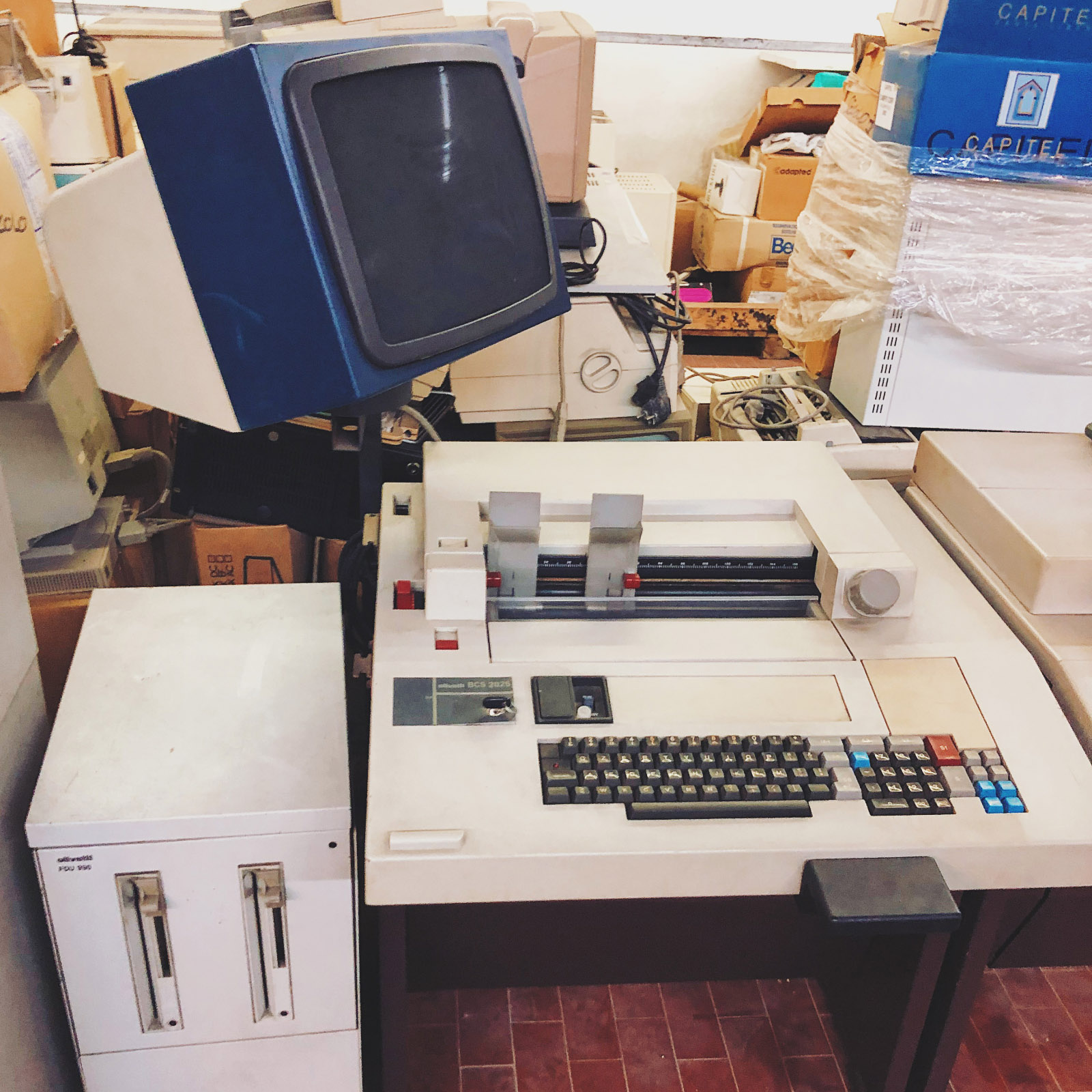
Olivetti BCS 2025 - 1980 Business Computer
Mini-computers are also represented by the legendary Digital Corporation with their equally legendary PDP-11 - in the collection there are many such computers of different configurations.
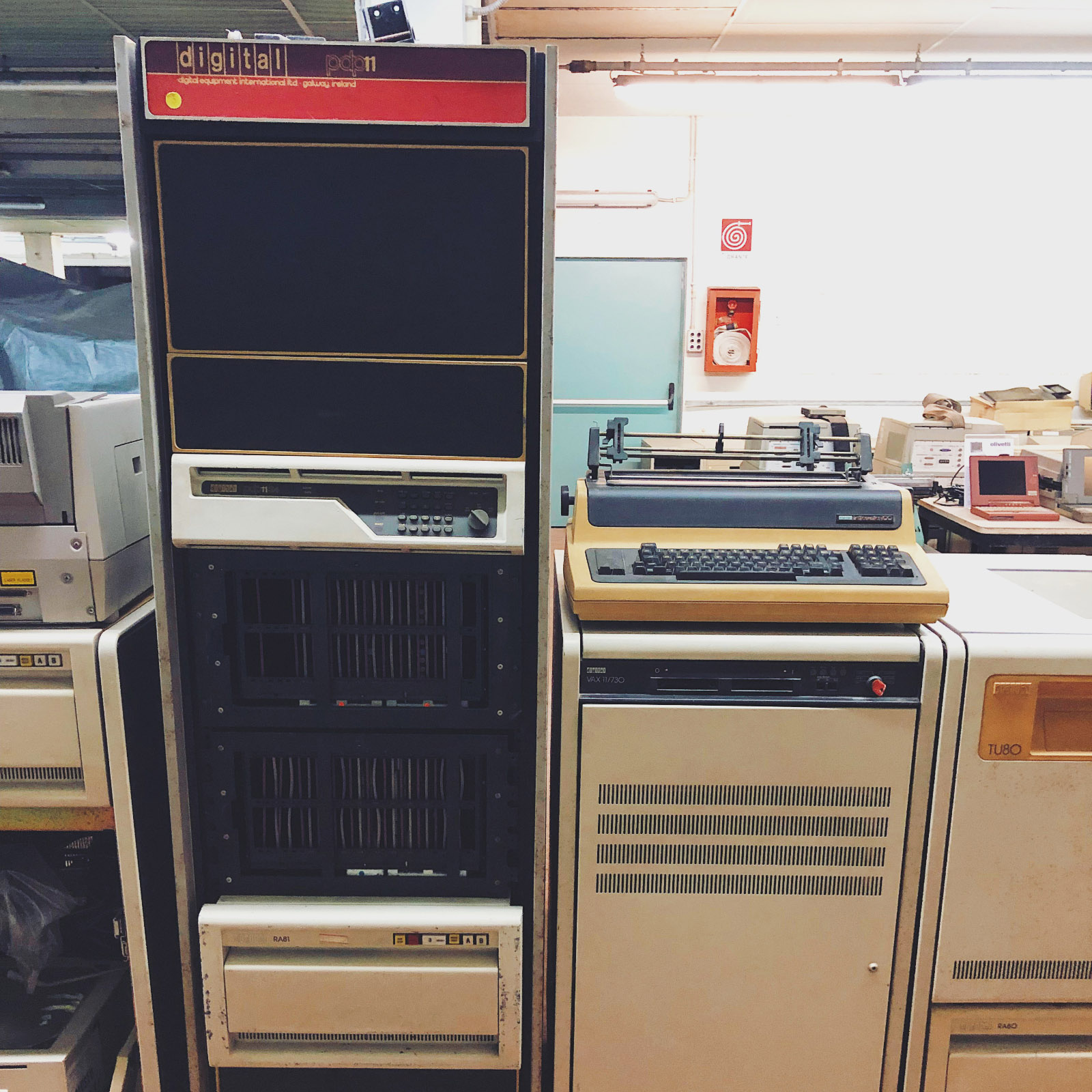
One of the PDP-11 options, on the right is a terminal in the form of a typewriter
In addition to them, in Camburzano you can see the French Bull, German Siemens Nixdorf and much more.

French computer Bull DPS 4000
There is, among other things, a "Computer Star" - the Philips P330 computer, which starred in the 1981 James Bond movie "Only for Your Eyes" as an identifier. In fact, the terminal on this computer is symbolic, and the identification process itself was added already at the post-production stage.

This Philips p330 starred as Identigraph in the James Bond movie For Your Eyes Only
Recall that the exposition of Museo del computer works by appointment on the site , and it is better to plan a visit there in advance.
All Articles